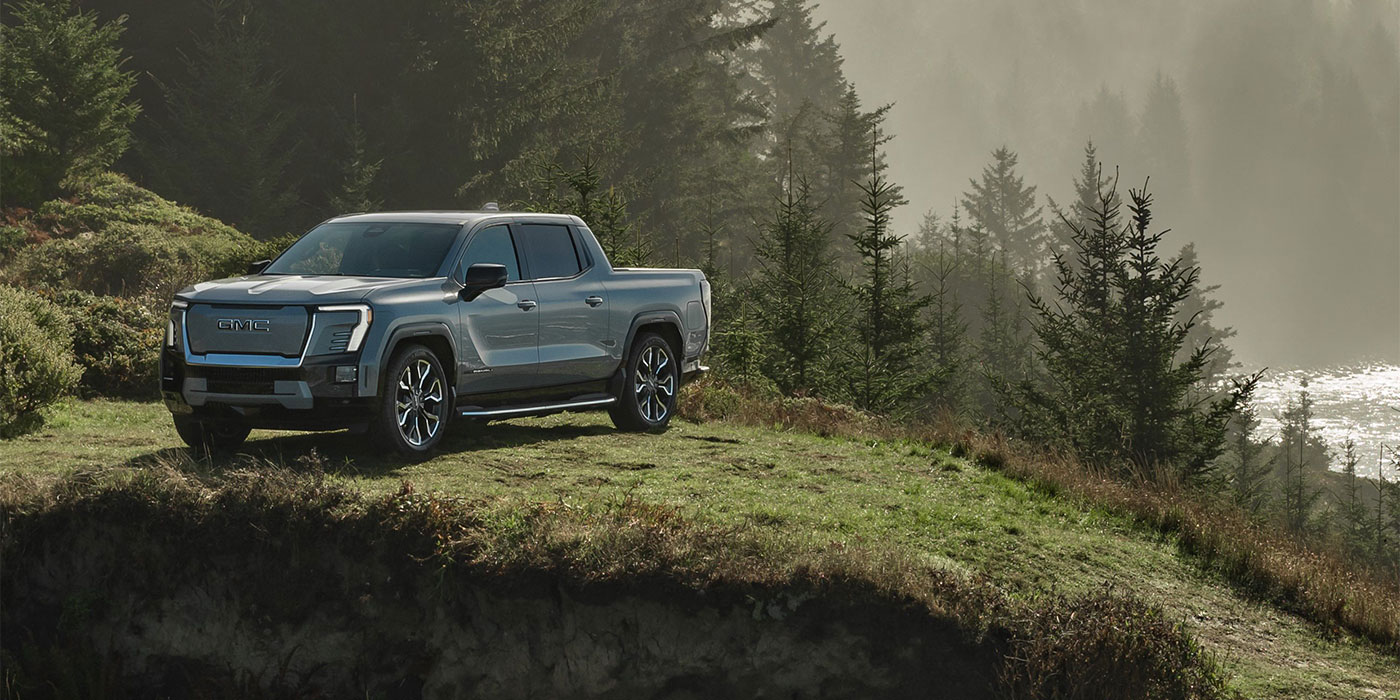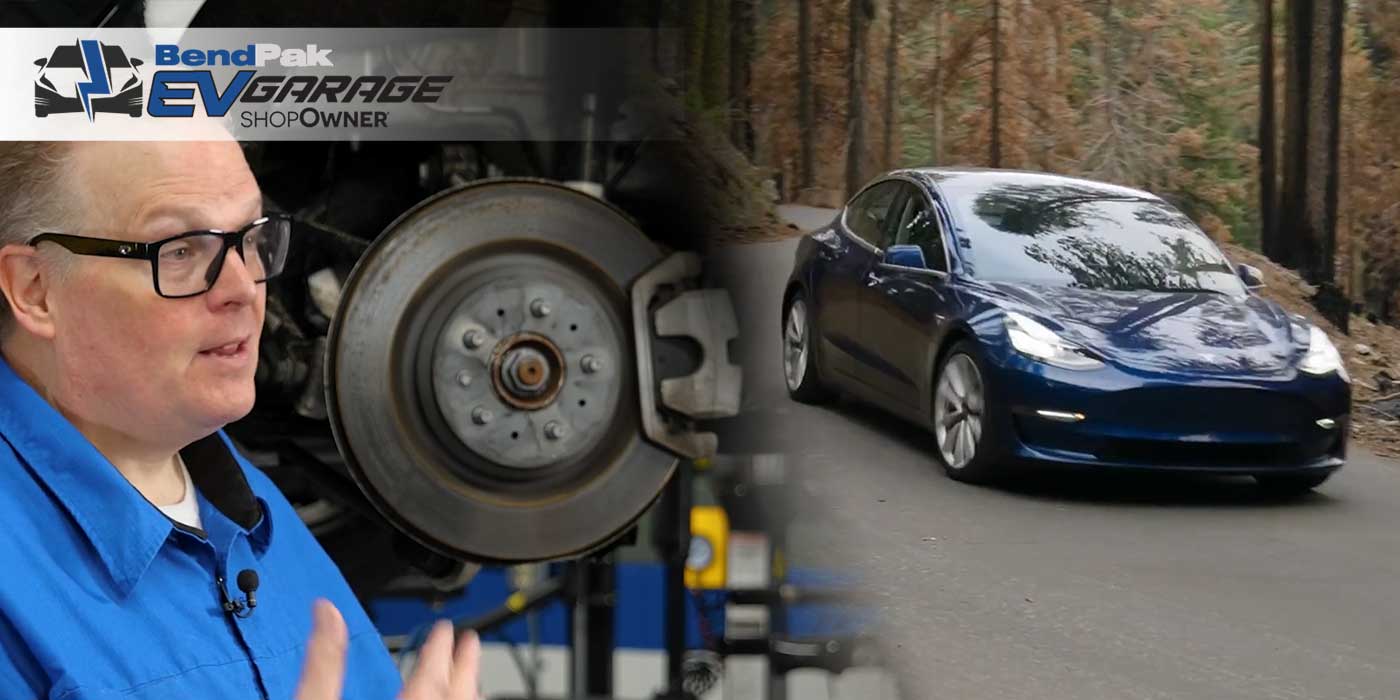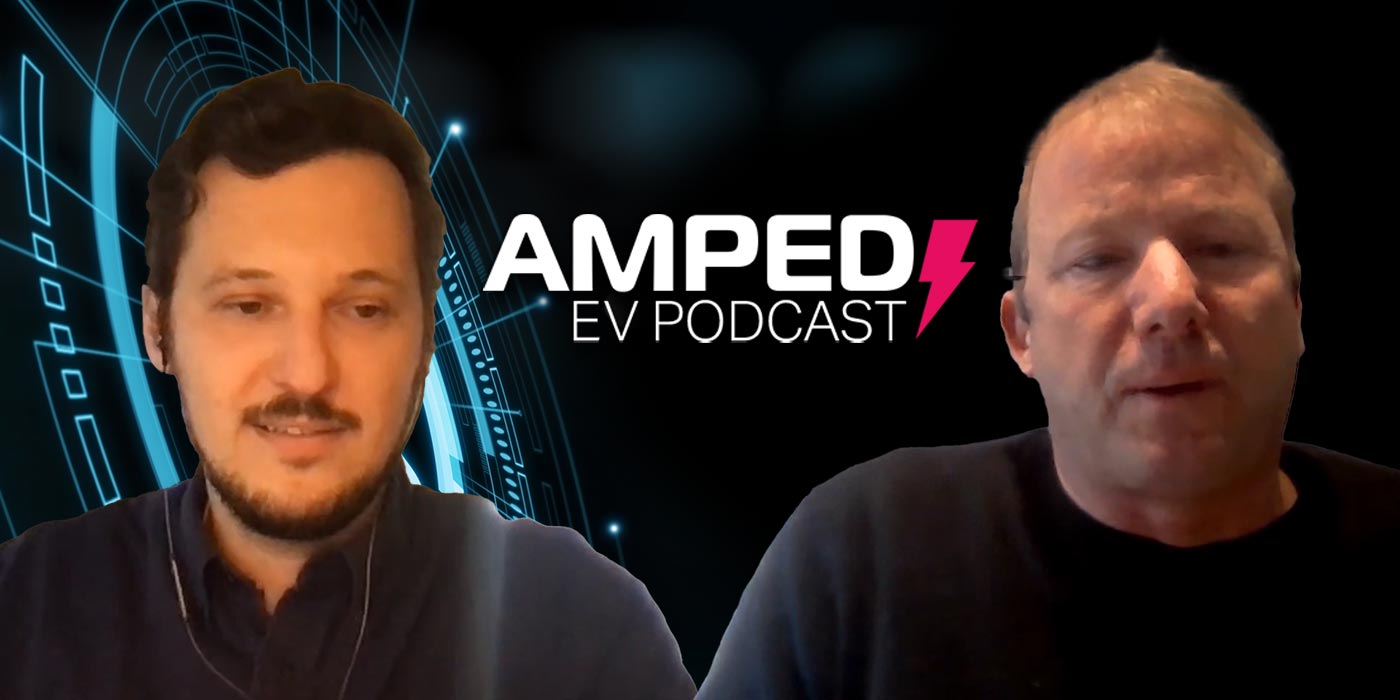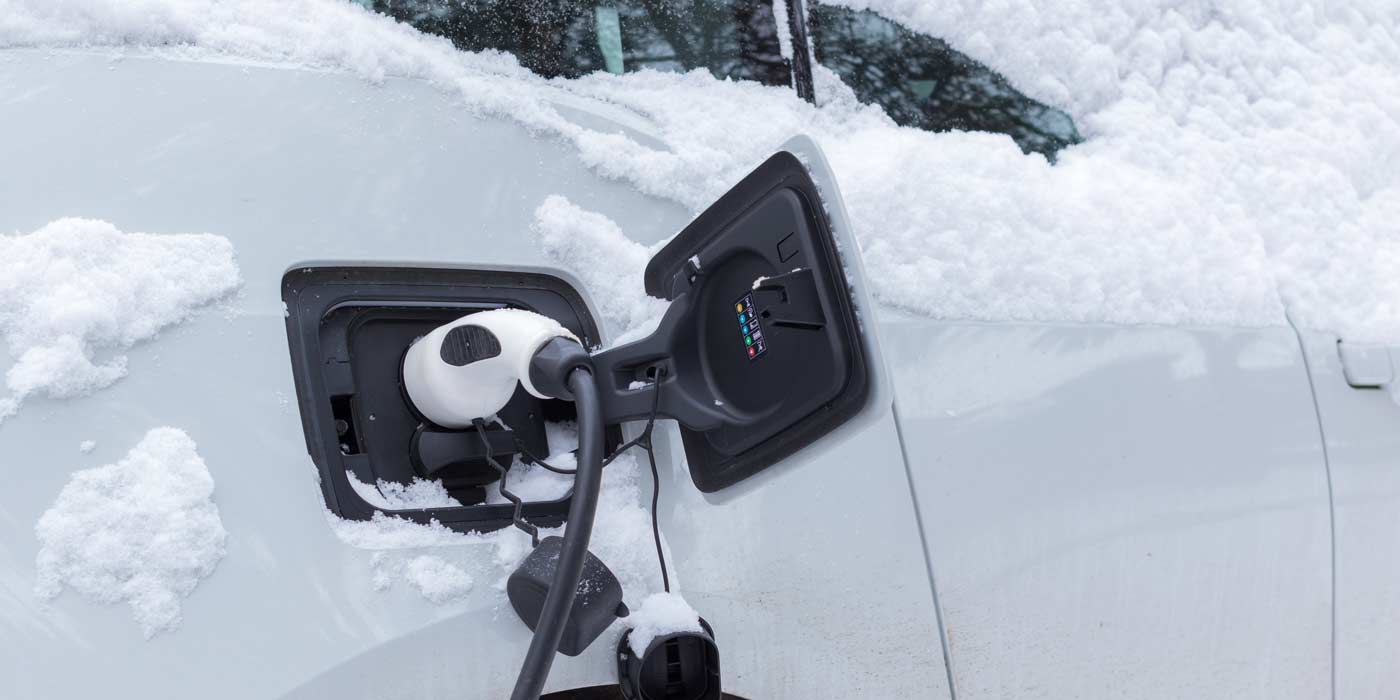We got to test drive the new Ford Pro F-150 Lightning out in Sonoma County, California, the most sustainable wine-growing region in the world. Here are some highlights of the new vehicle:
The new Ford F-150 Lightning features a lineup of four models, including the Pro, XLT, Lariat, and Platinum. While the models vary, each comes equipped with an impressive set of features, such as dual electric motors and four drive modes including normal, sport, two/haul and off-road.
On a full charge, the standard model has an estimated range of 230-300 miles.
When it comes to the standard-range battery charging options, each can bring the truck back to a full battery capacity within one night or sooner. With the mobile power cord, a complete charge can be reached within 15 hours. The Ford Connected Charge Station shortens the charge time by five hours and with access to a DC fast charging station, you could be back on the road with a full battery within 44 minutes.
And the battery, stored beneath the cab as opposed to the front of the truck, can be utilized for much more than transportation. It can be used to power work equipment or assist in charging tools. As a matter of fact, Ford says a fully charged battery could support the needs of a home for up to three days, or 10 days if rationed with Ford Intelligent Backup Power.
Now that you know a little bit about the truck, it shouldn’t come as a shock to find out that the startup is silent. That’s something I forgot when I hopped in the front seat. After motioning over one of Ford’s team members for assistance, I was informed that the truck was ready to roll.
“No,” I said. “I don’t hear anything.” That’s when I was gently reminded that no engine means no sound.
And while it was an embarrassing realization to say the least, it’s one that continued to amaze me throughout the duration of my drive. Whether I was speeding up or slowing down, idling or driving the truck maintained nearly silent performance.
Compared to its gas-powered predecessor, the fully electric F-Series requires an estimated 40% less in maintenance costs over the course of five years or 75,000 miles allowing customers to save some green while going green, according to the company. With an estimated range between 230-320 miles per charge, Ford provides the charge for you to go the distance.
Storage anxiety can be laid to rest in this bed with a 5.5-ft. cargo bed and a maximum hauling capability of 2,235 pounds. Speaking of the truck bed, transforming the tailgate into a workspace isn’t a makeshift task anymore. With a media holder, cup holder, additional lighting and a built-in measuring stick, Ford has truly redefined the meaning of remote work – and now you can leave your yardstick at home!
Whether you need to plug in your power tools for a project, or charge your speaker for tailgate entertainment, the features of the truck bed help you get the job done through the incorporation of two 120-volt power outlets. An additional four can be found in the frunk and two more are in the cab of the truck to ensure no charging limitations for anyone using the truck.
Inside the cab, the leather seats mixed in with the traditionally familiar, yet enhanced, dash made for an ideal experience. The center stack touch screen acts as the truck’s information hub providing real-time estimates of cargo weight, remaining range, a digital compass, drive mode options and not to mention the notable entertainment system all in one impressive layout.
When it comes to speed – well, I’ll make this fast. With nearly instantaneous torque from the dual-electric motors, the Lightning can accelerate from 0-60 in 4.5 seconds. While this is slower than the Rivian R1T or the GMC Hummer EV trucks which both accelerate from 0-60 in just three seconds, the F-150 Lightning can accelerate quicker than the Ram 1500 TRX, Toyota Tundra and Chevy Silverado EV trucks.
For about two hours, I explored the hills of vineyards in Sonoma County from behind the wheel and made my way from Vino Farms to Dutton Ranch to attend an executive panel discussion that included the CEO of Ford Pro, the president of Sonoma County Winegrowers, and a few executives from fleets partnering with Ford to up their sustainability game, as they talked about the future of sustainable transport. It was only fitting to wrap the day up with a glass of Dutton Ranch wine. The time flew by, but you know what they say: Time flies when you’re driving an all-electric pickup truck through the California hills. That is the saying, right?
The all-electric 4×4 drivetrain made for a smooth ride regardless of topography and whether I was scaling the side of the wine country hills or coasting down its twisting roads, the truck had no problem keeping up with the flow of traffic. The truck’s horsepower also contributed to the precision of the vehicle’s performance.
Not to mention the quite impressive driver assist technology which helps you maneuver tight spots with confidence in your surroundings – thanks to backup cameras and sensors. Features I would not have had the chance to utilize had I not gotten lost. So, you’re welcome.













